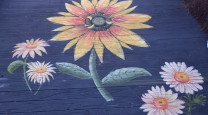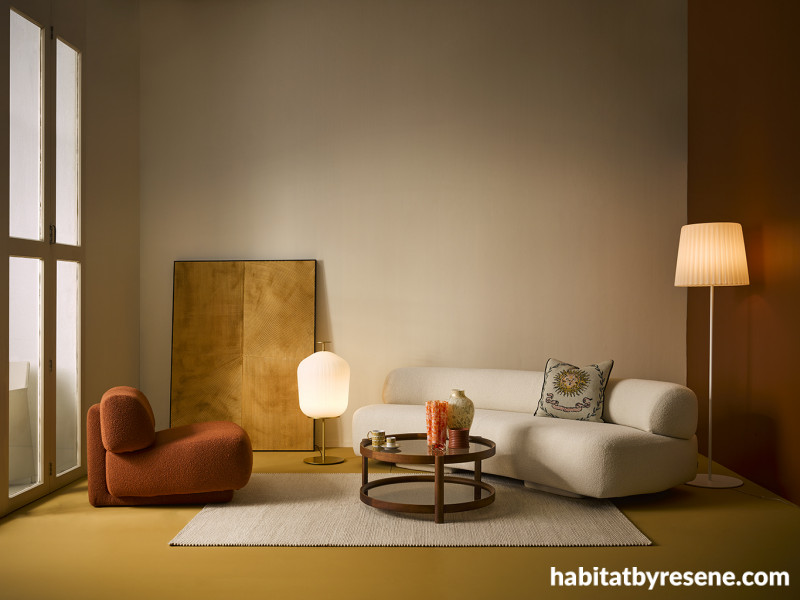
Newstalgia: how younger generations are reinventing design details of the past to make them relevant for today
13 Aug 2024
Nostalgia, the sentimental longing for times past, has had a profound influence on architecture and interior design trends. Since the industrial revolution, each decade has had its own distinctive design elements and a colour palette that evokes an emotional connection to that particular time. Those who lived through any of those periods are sure to be stirred by memories or a yearning for familiarity when they see certain colours, shapes, materials and motifs. However, there is also a cultural phenomenon that exists where people who were not alive at the time also feel a connection to a particular era.
Hundreds of years before the birth of the internet, fashion, design, decorating and colour trends were often innately tied to those in power. Loyal subjects wanting to remain in a monarch’s favour liked to mimic their ruler’s taste for fashion and décor. Sometimes, monarchs themselves also wanted to emulate a great ruler of the past and would borrow iconic elements of their predecessor’s style. This penchant for picking and choosing habits to copy and reinventing them to make them more relevant to the present day is what led to many historical design movements known as ‘revivals’, such as Gothic Revival, Egyptian Revival and Neoclassicism. Through a combination of different styles or the implementation of new elements, these revival periods often captured completely different aesthetics than the older styles they were inspired by.
These same emulative behaviours continue to occur today. But now that we live in a digital age where past trends are easily accessible, younger generations in particular have developed a fascination with the aesthetics of previous generations. Newstalgia, the Gen Z descriptor of an aesthetic that remixes vintage styles into contemporary spaces, also appeals to those looking to sustainability as many second-hand items are being given new life in fresh ways.
We look at the three most influential decades of the moment, how they are being referenced and reinvented to fit within today’s cultural context and the Resene colours to use to nail these revival looks.
1970s: Warm earth tones and groovy motifs
The 1970s was an era of self-expression and cultural shifts, where avocado greens, mustard yellows and burnt oranges were prominent and often paired with a base palette of earthy browns and beiges. This period also saw the rise of bold patterns, including florals, paisleys and geometric shapes, which were often seen in wallpaper, upholstery and rugs. These nature-inspired colours and calming designs were used to evoke warmth and comfort during a time that was punctuated with political and social tension. In today’s complicated world, rife with challenges and uncertainties, it makes sense that many are drawn to using these peaceful hues to create soothing spaces.
The modern interpretation of 70s-inspired trends focuses on more subdued versions of colours that defined the decade. Softer and lighter avocado greens, greyed-off golds, slightly redder oranges, rusty browns and more complex beiges such as Resene Wasabi, Resene Teak, Resene Alert Tan, Resene Cape Palliser and Resene Leather – though unlike in the 1970s, these hues are generally not all used together. Vintage furniture pieces from this era, such as low-slung sofas and wooden coffee tables, are being reintroduced with updated fabrics and finishes while decorative details in velvet, wicker and tactile woven fibres maintain a retro vibe but with a more contemporary, pared-down approach.
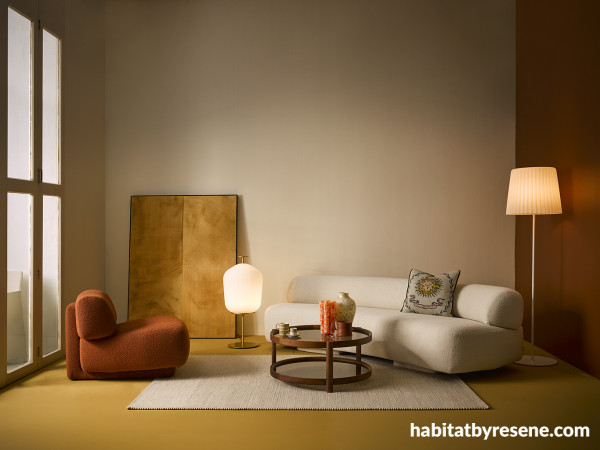
Back and left walls painted in Resene China Ivory, side wall in Resene Cape Palliser and floor in Resene Teak. Sofa, chair and low lamp from Matisse, artwork and tall lamp from Bradford Interiors, coffee table and rug from Citta, cups, saucers and tealight holder from Michael Joyce, cushion, candle and vases from Faradays.
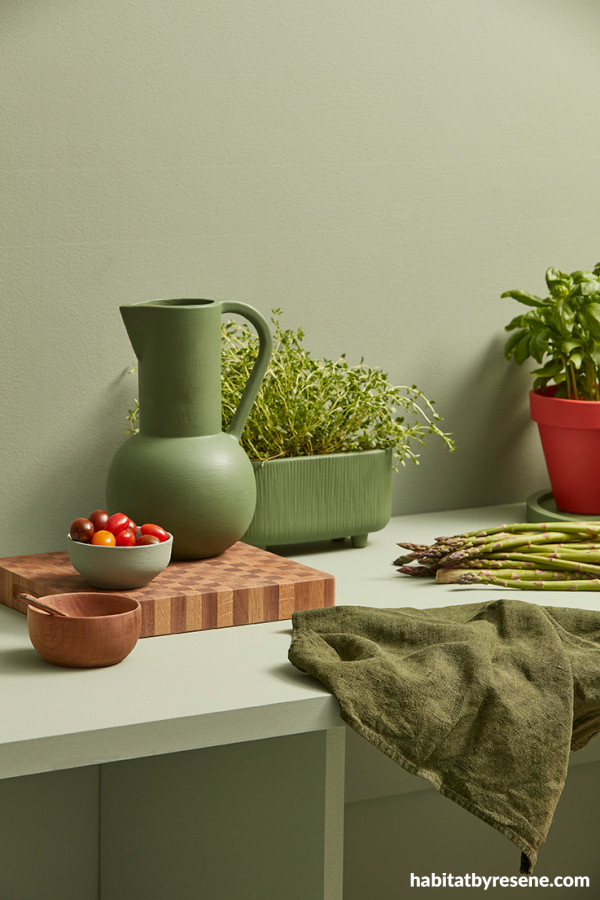
Back wall and table painted in Resene Spanish Green, jug, herb planter and bowl in ReseneTomThumb and plant pot in Resene Whizz Bang.
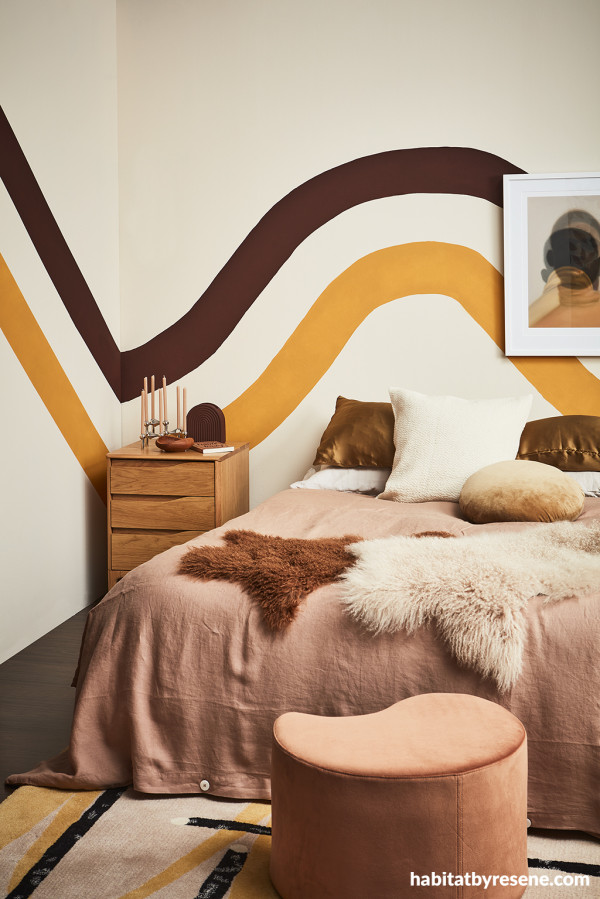
Wall painted in Resene Anglaise with 70s-revival mural in Resene Digeridoo and Resene Fuel Yellow and vase in Resene Digeridoo. Rug, bedside cabinet, candle candles and bowl from Good Form, duvet cover from Father Rabbit, pillowcases and book fromPenny + Bennett, ottoman from Contempa, artwork by Henrietta HarrisfromMelanie Roger Gallery, velvet and boucle cushions from Citta, sheepskin from Mulberi.
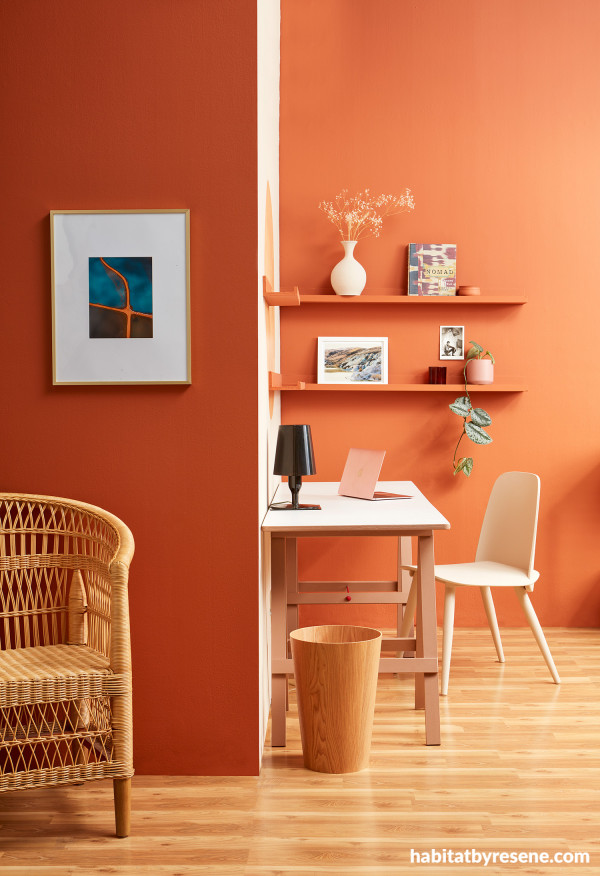
Left wall, right wall and shelving painted in Resene Alert Tan, return wall andchairin Resene Half Sour Dough, desklegs in Resene Leather, vase in Resene Grain Brown and floor stained in ReseneColorwood Natural. Waste basket from Good Form, lamp from Backhouse, artwork by Emma Willetts from endemicworld.
1980s: Electric brights and glamour
The 1980s, a decade of opulence and excess, brought a dramatic shift with vibrant and often flamboyant colour schemes punctuated by pinks, electric blues and bright purples balanced with crisp black and white for a sophisticated and striking contrast. Chrome and high-gloss finishes were common, adding an air of glamour and modernity.
Today, the influence of the 1980s is seen in the re-emergence of bold colour palettes and statement pieces. Designers may incorporate neon accents in lighting fixtures or art pieces to add a playful touch. Metallic finishes, particularly gold and chrome, are also making a comeback in fixtures and decorative items, giving spaces a luxurious yet contemporary feel. The use of black and white flooring or wall colours can also evoke the striking contrast typical of the 1980s, though today, softer blacks like Resene Boris and steeped whites like Resene Kinship are preferable over starker options. Pink wall colours like Resene Wafer, Resene Sakura, Resene Brandy Rose feel undeniably 80s, while an electric blue like Resene Half Resolution Blue as an accent wall colour makes for a lively and creative look paired with light-coloured furnishings putting a contemporary twist on this eye-popping callback colour.
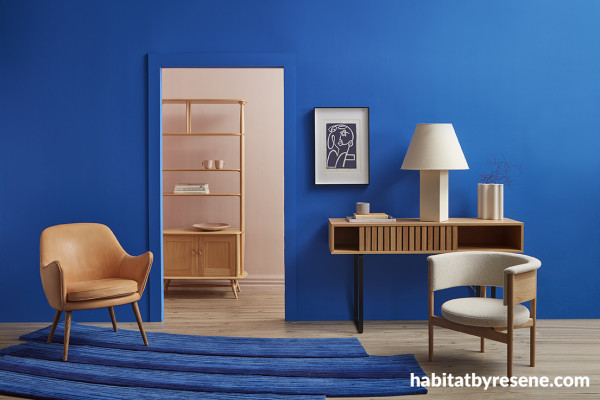
Wall with doorway and doorframe painted in Resene Half Resolution Blue, wall through doorway in Resene Wafer and floor finished in ReseneColorwood Rock Salt. Shelves, rug and chair from Good Form, table from Danske Mobler, mug from Simon James, artwork by Claire Stapleton, soapstone dish and mugs from Citta.
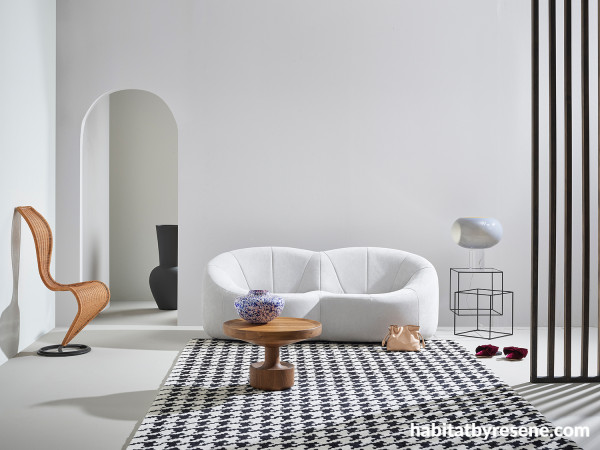
Wall with arched doorway painted in Resene Kinship, left wall and back wall (through doorway) in Resene Sea Fog, floor in Resene Stepping Stone, wooden room divider stained in ReseneColorwoodTiri, large floor vase in Resene Boris. Sofa and rug from LigneRoset, chair from Matisse, coffee table from ECC, vase and handbag from Faradays.
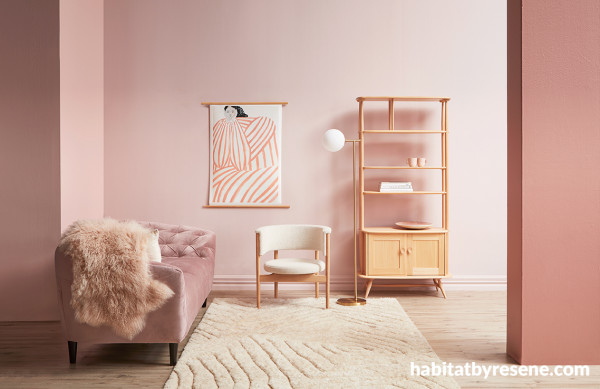
Back wall painted in Resene Wafer with accent walls (far left and return wall) in ReseneSakura, right wall in Resene Brandy Rose, floor finished inReseneColorwood Rock Salt. Shelves and chair from Good Form, sofa from Danske Mobler, floor lamp from Lighting Plus, rug, cushion and faux sheepskin fromMulberi, artwork from Slow Store, soapstone dish and mugs fromCitta.
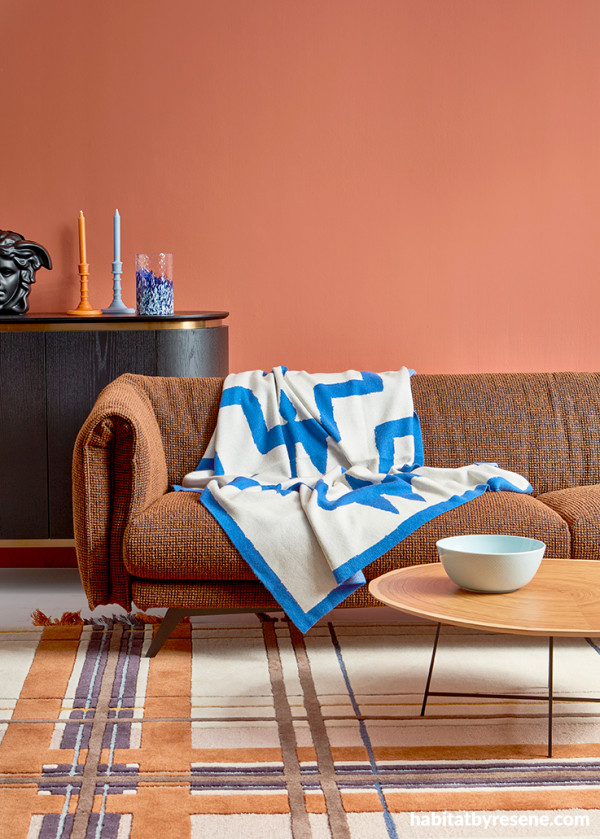
Wall painted in Resene Hot August and floor in Resene Mercury. Buffet and sofafrom Bradfords Interiors, rug and coffee table from LigneRoset,sculpture and bowl from Michael Joyce, candleholders, vase and throw from Faradays.
1990s: Moody tones and paint effects
The 1990s introduced a dichotomy in design trends. On one end, there was a move towards minimalism, characterised by neutral palettes, simple lines and a less-is-more approach. Shades of beige, white and grey dominated, creating serene and uncluttered spaces. On the other end of the spectrum, the grunge movement, influenced by the music scene, brought moody tones and a more rugged aesthetic into homes. Deep greens, burgundy and black or dark wood finishes were common, often paired with industrial elements like exposed brick and metal.
Newstalgic 90s design often blends these two influences. Minimalist trends continue to thrive, with clean lines and neutral palettes creating calm and orderly spaces. DIY paint effects like ragrolling, which were extremely popular in the 90s, are hugely in demand today. However, in a newstalgic look, paint effects generally blend less high-contrast colours for a softer, mottled look. Grunge influences are also evident in the use of dark reds, black furniture and raw materials. A newstalgic kitchen that nods to the 90s might feature creamy white cabinets painted in Resene Blanc paired with a dark green backsplash in Resene Midnight Mossand industrial-style metal fixtures in Resene FX FauxRust Effect to blend both minimalism and grunge aesthetics.
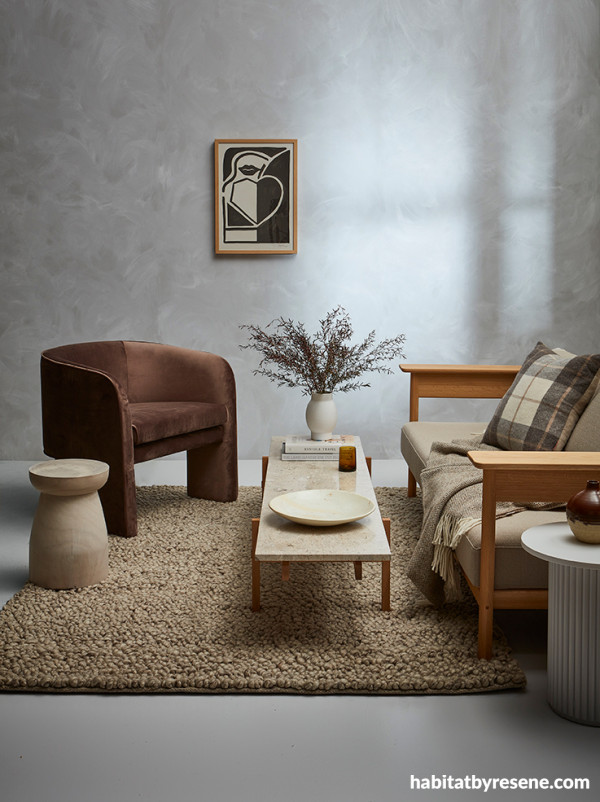
Wall painted in Resene Triple Concrete with Resene FX Paint Effects Medium mixed with Resene Half Concrete applied on top, floor in Resene Concrete, drum side table (left) finished in ReseneColorwood Whitewash and fluted side table (right) painted in Resene Concrete. Sofa and coffee table from Good Form, chair from Danske Mobler, rug, cushion and throw from Baya,soapstone dishfrom Asili, small brown vase from Green With Envy, artwork, white vase, books and glassware from Father Rabbit.
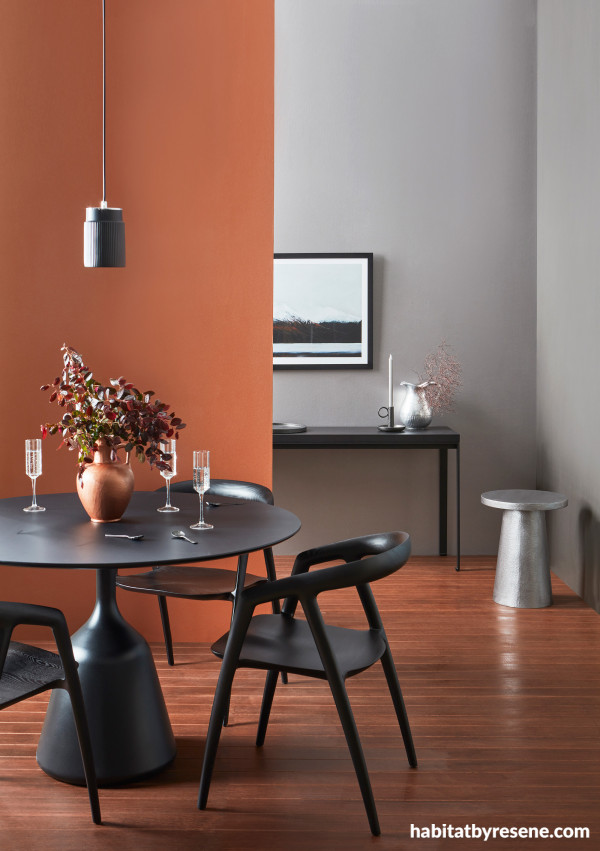
Back wall in Resene FX Metallics Wallpaper Deep Space, right wall in Resene FX Metallics Wallpaper Blast Grey 3, front wall (left) in Resene FX Metallics Wallpaper Magma, floor stained in ReseneColorwood Bark, large vase (on dining table) basecoated in Resene Toffee and topcoated in Resene FX Metallic Magma, tray and candlestick (on console) basecoated in Resene Shark and topcoated in Resene FX Metallic Blast Grey 1, side table basecoated in Resene Friar Grey and topcoated in Resene FX Metallic Blast Grey 3, left spoon basecoated in Resene Masala and topcoated in Resene FX Metallic Deep Space, centre spoon basecoated in Resene Friar Greystone and topcoated in Resene FX Metallic Blast Grey 3 and right spoon basecoated in Resene Shark and topcoated in Resene FX Metallic Blast Grey 1. Dining table, chairs and console from Bauhaus, artwork by Justine Summers from endemicworld.
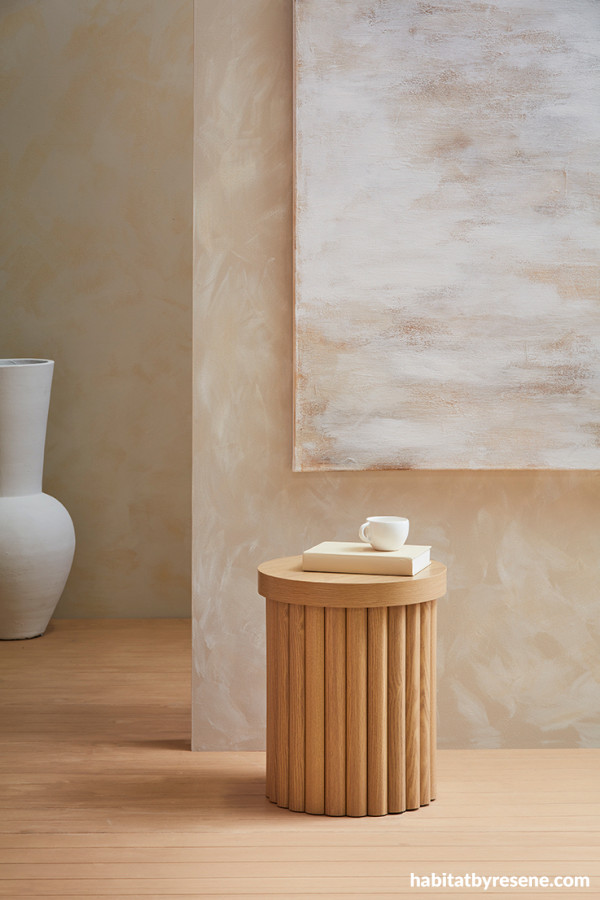
Left wall painted in Resene Triple Blanc with Resene FX Paint Effects Mediummixed with Resene Canterbury Clayapplied on top, right wall in Resene Triple Blanc withReseneFX Paint Effects Mediummixed with Resene Eighth Blanc applied on top, floor finished in ReseneColorwood Bask, tall vase in Resene Eighth Blanc, artwork in Resene Gold Coast and Resene Saddle Brown withReseneFX Paint Effects Medium mixed with Resene Eighth Blanc applied on top, side table in ReseneColorwood Bask and book in Resene Thorndon Cream.Cup from Good Form.
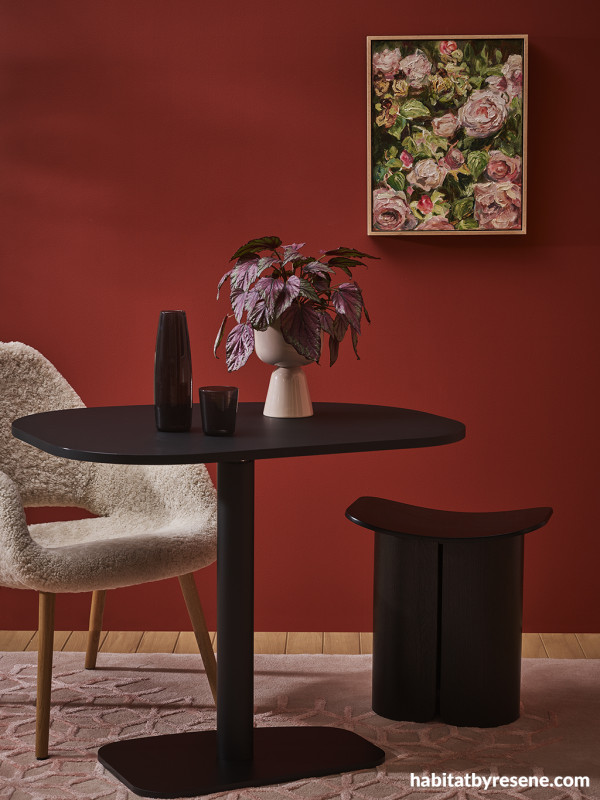
Wall painted in Resene PioneerRed,floor finished inReseneColorwood Bask. Table, stool and rug fromLigneRoset, artwork by Katherine ThronefromSandersonContemporary, chair fromGood Form,glassware fromTessuti.
For the latestcolour and decorating trends, check out the most recent issue of BlackWhite magazine or the latest edition of habitat plus – decorating and colour trends.
projects Amber Armitage
images Wendy Fenwick
Published: 13 Aug 2024
